Casuarina: [Cultivation, Care, Pests and Diseases]
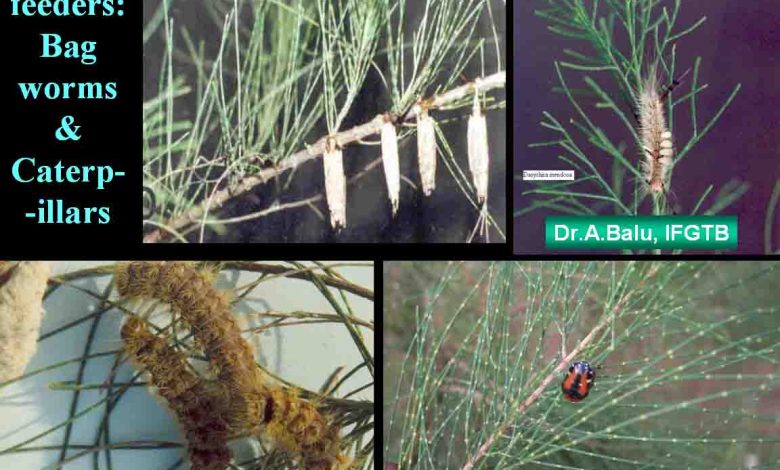
The casuarina is presented as an ideal option for plant decoration, since its main benefit has to do with the ornamental.
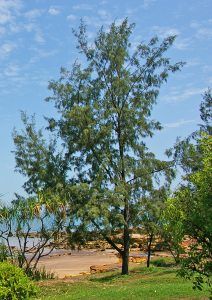 It has its origin in Australia and other South Pacific islands, so its tendency is to prefer tropical climates.
It has its origin in Australia and other South Pacific islands, so its tendency is to prefer tropical climates.
However, its beauty has made many people want to enjoy a specimen in their garden or field and here we will see how to achieve it.
What is the casuarina?
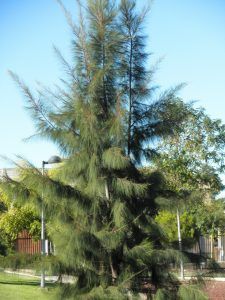 The casuarina is a tree similar to a conifer that can reach 10 to 16 meters in height. It has a very useful wood for the creation of high resistance elements such as furniture.
The casuarina is a tree similar to a conifer that can reach 10 to 16 meters in height. It has a very useful wood for the creation of high resistance elements such as furniture.
However, its main use in the carpentry area is for boats. Because of its shape and structure, the casuarina is also known as the Australian pine.
Where should we plant the casuarina?
Casuarina must be planted in a space that handles temperatures between 10 and 30º C.
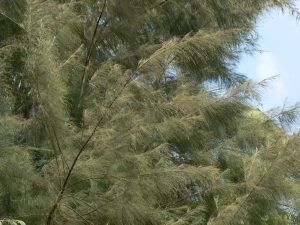 Although it would be nice to have it in all gardens, this tree is not resistant to frost, so it should be planned before planting.
Although it would be nice to have it in all gardens, this tree is not resistant to frost, so it should be planned before planting.
However, there have been cases that have come to withstand up to 7º below zero, but they are very occasional. It needs sunlight to grow and become strong.
It is something that he will easily get after he grows up, but that must be provided in the early days. Due to the shape of its trunk, the casuarina is quite resistant to winds, so it can be located in areas where they blow a lot.
In this way, a kind of windbreak will be used that also decorates the environment in a very pleasant way. As a general rule, it is recommended that planting be carried out about 5 meters away from any construction, just as a precaution.
When should casuarina be grown?
The ideal time to proceed with sowing is between the end of winter and the beginning of spring.
It is advisable to offer this tree a climate that is as cool as possible, but without becoming cold.
How do we prepare the land?
The preparation of the land will be more oriented to provide comfort to the roots.
The reason is that casuarina can thrive under any conditions, whether the soil has an acidic, basic or alkaline pH. The casuarina is capable of withstanding even lands that have a high salt load, a common characteristic in the Pacific islands.
The recommendation, to help the roots to move easily, is to remove the soil days before planting. This way the soil will be loose and available to expand as you please.
How to plant a casuarina step by step?
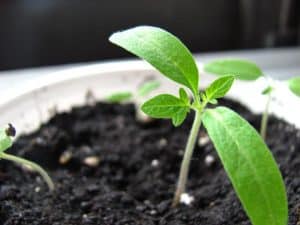 The sowing will start from the seed that you must place in a pot with a suitable substrate, such as a mixture of peat and sand.
The sowing will start from the seed that you must place in a pot with a suitable substrate, such as a mixture of peat and sand.
For the plant to germinate it will not need much depth, so it is important that the seed is placed superficially.
The substrate must be moist to provide the best environment for the seed, which will begin its process and will begin to germinate around 6 days later.
When the plant is about 8 centimeters high, the transplant should be carried out. The indicated time for this is late winter and early spring, as we have already mentioned.
In case it does not have very good drainage, it becomes a suitable plan to add some sand before planting. The roots must be covered well to give it firmness and allow the trunk to develop without problems.
After this, you will only need a good watering (without flooding) and a little pressure with your fingers to shape it and help the soil to compact.
What care do you need?
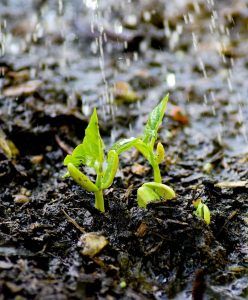 The main care of this species is oriented to irrigation. When planting they need frequent watering for at least the first two years.
The main care of this species is oriented to irrigation. When planting they need frequent watering for at least the first two years.
This watering should occupy two or three times a week to ensure sufficient hydration. On days when ambient temperatures are lower, watering will be decreased to once a week.
As for the organic fertilizer, it will not hurt, taking advantage of the spring to apply it.
The topic of pruning will be very simple because you do not need it. As is logical, if there is a dry branch, it will have to be cut, but nothing further.
What pests and diseases attack the casuarina?
 In general, they are quite resistant to any enemy attack, but that does not prevent situations such as root rot, agrotis or caterpillars.
In general, they are quite resistant to any enemy attack, but that does not prevent situations such as root rot, agrotis or caterpillars.
In the first case, it occurs when the land does not have good drainage and the irrigation or rainwater remains stagnant.The agrotis is a pest that looks like a moth and causes damage to the structure of the plant when it attacks.
The caterpillars, for their part, are capable of eating the entire interior of the casuarina by entering through the trunk, making it difficult to control.
Casuarina is a species that is being increasingly planted in Spain for its non-fruit benefits. In fact, in many places it has been taken as a substitute for fir trees for Christmas trees.
How long does the casuarina live?
It has an average life span of 40 to 50 years.
How long does it take to grow the casuarina?
The casuarina is a species that grows quickly and at 3 years old it will have an interesting size.
How long does it take to produce fruit?
After two years the casuarina will be in optimal conditions to start producing fruit, but the maximum level is reached after 5 years.
Can it be grown in a pot?
It can be kept in a pot for a short time, but the ideal is to give it a space in the garden so that it develops better.
How many times does the casuarina produce fruit?
Fruit production in this species is annual. That is, it performs a single cycle per year.
Should casuarina be pollinated to obtain fruit?
Casuarina pollination occurs by wind action.
In fact, its pollination period is usually noticeable in the environment where there are numerous specimens. For example, in Malaga.
How cold can the casuarina tolerate?
It does not go well with the cold. It is a tropical type species that could suffer in areas where the winter is below 10° C.
How many casuarinas can be planted per hectare?
It is possible to work with an average of 200 casuarinas per hectare.
What type of fertilizer does the casuarina need?
Being a plant with roots that help to fix nitrogen to the soil, it is not necessary to dedicate much to the fertilization work.
Once a year you receive a dose of organic fertilizer such as compost or manure will be more than enough.
How much heat and/or drought can the casuarina tolerate?
It tolerates heat well, although it is better that it is not exposed to excessively hot summers that go above 35° C.
In the case of droughts, it will be able to survive after it is well established. In youth it is better to keep it hydrated, but not waterlogged.
Bibliography and references
- Geilfus, Frans. (1994). The tree at the service of the farmer. Species Guide. Enda-Caribbean/ CATIE. Turrilaba-Costa Rica.
- Tropical Agronomic Center for Research and Teaching. (1991). Casuarina: Casuarina equisetifolia L. ex JR Forst. & G. Forst., Multiple-use tree in Central America. CATIE. Turrialba-Costa Rica.
- Valdes, Maria; Cayetano Rodrigo, Abel; Leyva, Marco A.; Camacho, Alejandro D. (2004). Promotion of nursery growth of Casuarina equisetifolia (L.) by symbiotic microorganisms. Latin American land. Mexican Society of Soil Science. Chapingo-Mexico. Reproduced from: http://www.redalyc.org/articulo.oa?id=57322209
- United States Department of Agriculture. (2000). Bioecology of native and exotic trees of Puerto Rico and the West Indies. International Institute of Tropical Forestry. Río Piedras-Puerto Rico. Reproduced from: https://data.fs.usda.gov/research/pubs/iitf/Bioecologia_gtr15.pdf#page=119
- Villasenor Araiza, Julio Cesar; Rutiaga Quinones, Jose Guadalupe. (2000). Casuarina equisetifolia L. wood, chemistry and pulp quality indices. Wood and Forests. Institute of Ecology, AC Xalapa-Mexico. Reproduced from: http://www.redalyc.org/articulo.oa?id=61760103
[pt_view id=”f54fcb1evj”]

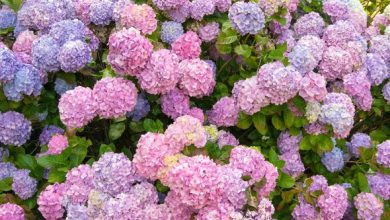


![Photo of Black poplar: [Cultivation, Irrigation, Care, Pests and Diseases]](https://www.complete-gardening.com/wp-content/uploads/2022/08/black-poplar-cultivation-irrigation-care-pests-and-diseases-350x220.jpg)